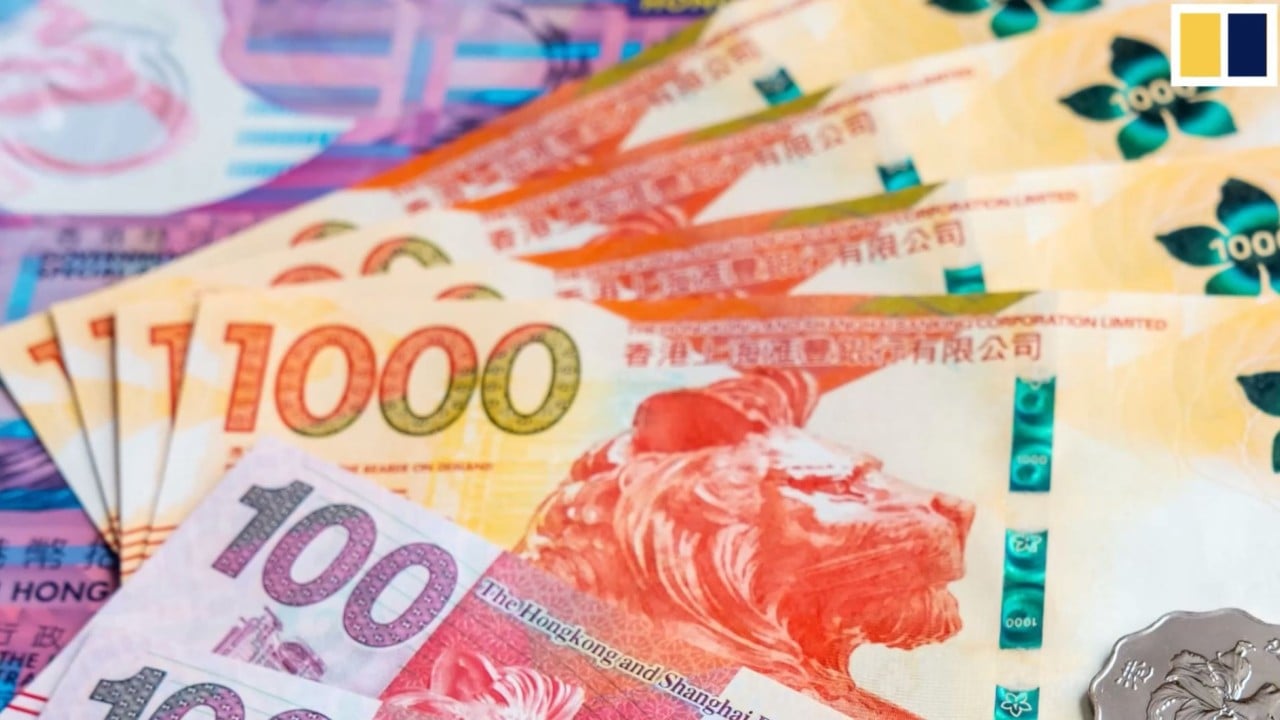In financial markets, the Hong Kong dollar is known as a “widow-maker”, a ruinous trade that inflicts painful losses on successive generations of investors. While betting against Japanese government bonds has been the most notorious widow-maker trade, challenges to Hong Kong’s currency peg to the US dollar date back to the 1997-98 Asian financial crisis and continue to attract speculators even though the trade has yet to pay off.
As recently as May 5, the Hong Kong dollar – which has been pegged to its US counterpart since 1983 and confined to a narrow trading band of HK$7.75-7.85 to US$1 since 2005 – threatened to break through the strong end of the band, as a result of a sharp fall in the US dollar amid concerns about the perceived safe haven status of US assets.
This forced the Hong Kong Monetary Authority (HKMA), the city’s de facto central bank, to intervene aggressively by selling the local currency, unleashing a torrent of liquidity. Coupled with a surge in inflows into Hong Kong’s buoyant stock market, this drove down interbank rates. By the end of May, the one-month Hibor – which serves as a benchmark rate for most residential mortgage loans – had fallen to 0.5 per cent, down from 4 per cent at the end of April.
However, the sharp divergence in borrowing costs between Hong Kong and the United States has caused the local currency to weaken dramatically, leaving it perilously close to the weak end of the band. This has fuelled demand for “carry trades”, whereby investors borrow the Hong Kong dollar to buy the US dollar and pocket the interest rate differential.
If the HKMA steps in again, this time to defend the weak end of the band, it will drain liquidity from the local market and push up borrowing costs. A renewed surge in Hibor threatens, in the face of a weak economy in desperate need of a sustained period of loose financial conditions.
For speculators and critics of the peg, this shows that the disconnect between a US-led monetary policy cycle and a mainland China-driven economic cycle has become untenable.



